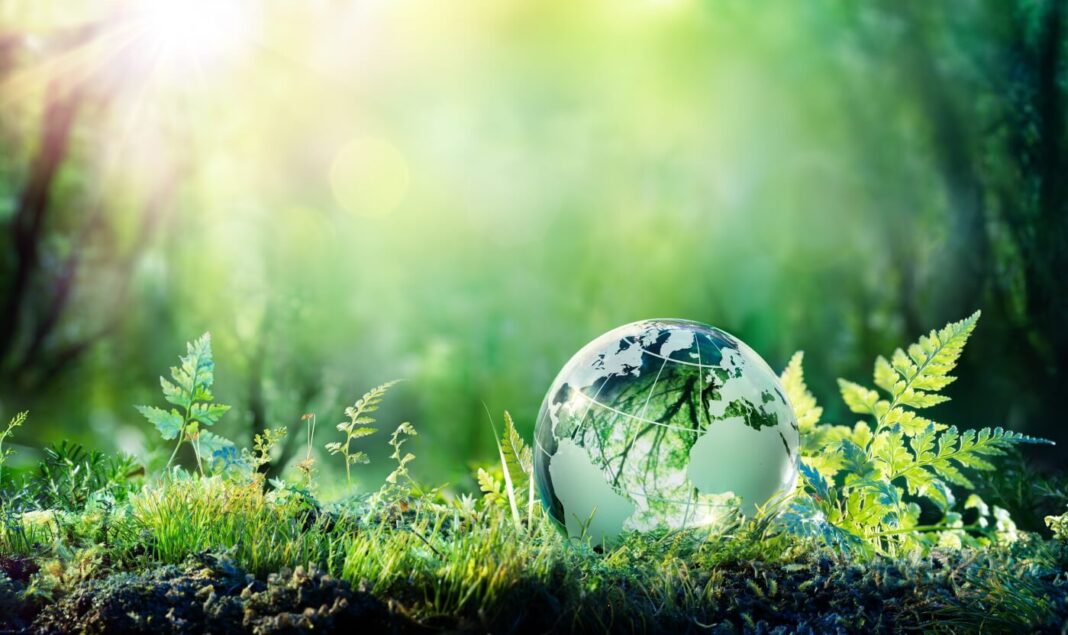A hundred years from now, when historians will be recounting the COVID-19 pandemic, they will be unanimous on two aspects. One, the pandemic has disrupted health, well-being, livelihood and education in an unprecedented way. Second, in contrast, the pandemic has united the world community like never before.
The United Nations, leading from the front, is active and visible, greenlighting initiatives such as Global Education Coalition, vaccine neutrality campaign, caring for the most vulnerable, women and children and bridging the digital divide. For the first time in the long 75 years history of the UN, the world community acknowledges the problem holistically, willing to collaborate in solution-finding.
Influential Voices
In a historical adoption in 2015, 193 UN-member states agreed on a common goal to transform planet earth and make it sustainable. The resolution identified 17 goals christened as Sustainable Development Goals (SDGs) premised on 5 P’s — people, planet, partnership, peace, and prosperity.
The planet and its inhabitants are one unit, and the world’s future depends on how the 5 P’s interplay. Figuratively speaking, one could say, human beings are the microchips that make the integrated universe (IU) much like an integrated chip (IC). One weak building block breaks the entire circuit.
Education holds the key
Among the SDGs, the goal of quality education and lifelong learning for all is the pivot around which other goals revolve. Imbuing the young generation across communities with empathy, good citizenship, and a global outlook rooted in the philosophy of welfare for all is the way forward.
One starting point to achieve this goal is to foster student agency with self-regulated learning. The students must care more about communicating with each other, with the teacher and the society to reflect on their learning and pursue collaboration and valuing each other.
The possibilities of a student exchange programme, building cultural competencies, volunteering for community work will catapult the students on a lifelong learning expedition.
A young woman I recently interviewed on the subject sums it up as follows: “The youth as champions of change can work together and play an important role in bringing societies closer and build resilience”, says 16-year-old Ms. Ananya Kamboj, Youth Leader, and sports journalist from Chandigarh, India.
Social media has played its critical part in providing young people with a vehicle to advocate social reform in their quest for a peaceful, healthier, sustainable future, she adds.
Education has always been important; it is more critical now and will be the essential indicator of sustainable societies. Success will come to those who recognise the primacy of higher-cognitive, socio-emotional and digital skills. Attainment of SDGs through thinking, design and monitoring requires expertise, technology, collaboration, funding and all nation’s resolve.
Hope lies in the potential of the youth
At the moment, however, we are still far from reaching the SDGs. What we are observing instead is: Opportunities for some and impoverishment for others create inequalities and friction in the societies.
How can we claim to be a civilised, prosperous society where a vast population across the world remains poor and hungry, deprived of clean water and energy? How can we sustain with the rapid climate change? How can we ensure peace without embracing diversity and inclusion?
Correct answers to these above questions will shape the future world. The hope lies in the potential of the youth. They are well networked, least tolerant of injustices and love diversity and inclusion. The youth form a community cutting across the geographical boundaries, and they can influence policies and Programmes.
We can entrust the technological advancement in the hands of this young, vibrant community for social good. How this can work is shown by Danielle Wood, professor at MIT Media Lab.
She is engaged in a vital mission to improve life for everyone. In her TED talk, Six Space Technologies we can use to improve life on earth, she explains the power of technology for sustainable development, health and education. In this context she stresses the potentials of Artificial Intelligence.
AI is massively impacting us. Research findings identify over a hundred use cases where AI can be helpful to achieve global goals, including education, health and nutrition, anti-trafficking measures, climate change predictions and preventing atrocities against women.
The new world order begs willing partners to share resources, build social relations beyond nationalities, and cherish common values and goals. We need to push for a social balance, cooperation and an equal chance to realise aspirations to avoid social fractures.
The only antibody to social inequalities is economic dynamism powered by socially just policies, solid democratic institutions, shared values and equitable education mechanisms.



